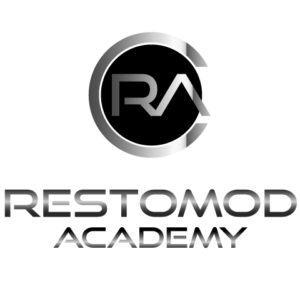I recently purchased a 1959 Chevrolet 3100 pickup classic and had to make the decision to restore or restomod it. I did a bunch of research and asked a lot of questions in order to make an informed decision.
Should someone restore or restomod a classic car? If it’s in good condition and a true numbers matching car then restoration is the best choice. On the other hand, if the vehicle is not in good condition and doesn’t have a lot of its original parts then it makes more sense to restomod it.
I decided to restomod my classic truck as I am a parent and the improved safety and performance benefits were just too good to pass up. In addition, the truck has a hodgepodge of parts on it so it’s far from numbers matching.
What Is the Difference Between A Restoration and A Restomod?
At first, glance, restoring an automobile seems completely the opposite of transforming it into a restomod. However, it’s really not that cut and dry and I’m happy to share what I’ve learned about this rather polarizing topic (restore vs restomod) amongst car enthusiasts with you.
Generally speaking, there are two types of restoration:
- Frame On – The restorer will redo the body, paint, motor, interior, and trunk. Only worn parts are replaced.
- Frame Off – The restorer will remove the car’s body and frame, then recondition and repaint all parts. Most frame-off restoration parts are freshly painted or powder coated.
To reiterate, restoration refers to the process of restoring a car to its original condition – the way it came off the assembly line. Restomod refers to the process of restoring the vehicle but also modifying it. These concepts are critical to understanding when deciding to restore or restomod a classic car.
Check out what our friends over at the Farland Classic Restoration do to restore classic vehicles.
Factors To Take Into Consideration?
First, assess the car’s condition. Number-matching cars have original major components. Numbers-matching cars in good condition are more likely to be restored. Finding older parts can be difficult, so an older car may have been patched together. Time-consuming and expensive restoration.
Historical significance usually refers to either a relatively famous person having owned the vehicle or that the vehicle has participated in major events (e.g. as a pace car). Historically significant cars are more likely candidates for restoration.
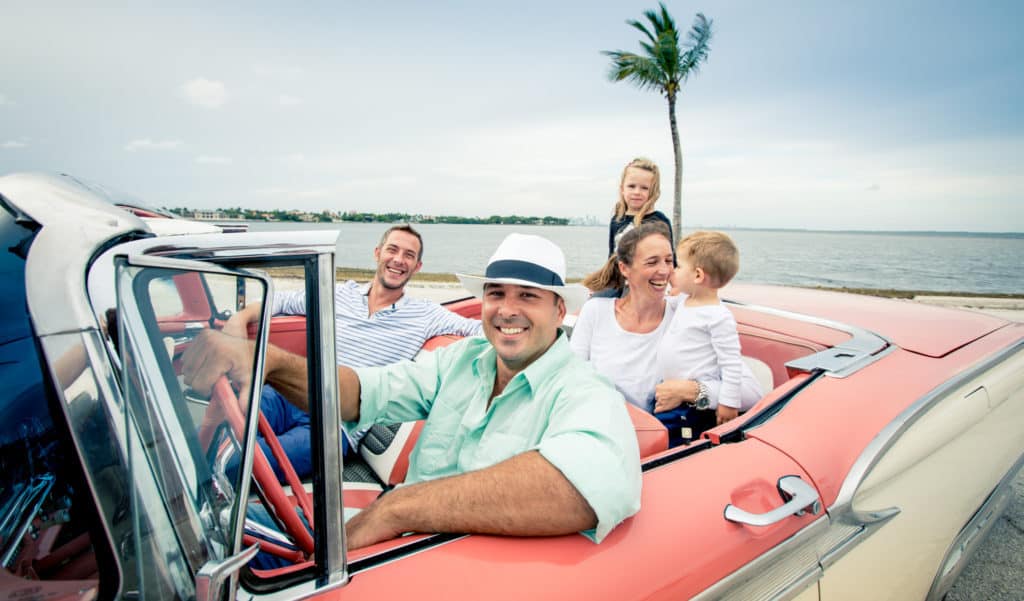
The planned usage of the car is also an important consideration. Is the car going to be a daily driver? Can you drive the vehicle year-round? Whom will you be traveling with and where (e.g. young children, on highways, in major cities, etc…).
Safety and performance aren’t usually major considerations when one is performing a full restoration of a vehicle. Rather, these folks usually have the cars and drive them on occasion as they are more showpieces and not daily drivers. Whereas restomod owners tend to prefer to have all the modern safety measures and improved performance.
Restore vs Restomod: What Side Are You On?
Let’s face it, there are, at the very least, two sides that auto enthusiasts seem to take. Some love restoring a classic car to its original condition. Others, like the modern amenities with the classic look. I understand both sides of this argument well however, in this example, I am clearly on the restomod side. In my case, the truck was rusty and had multiple owners. Moreover, the truck had an assortment of products from different manufacturers so it was not historically significant and I planned on driving it daily.
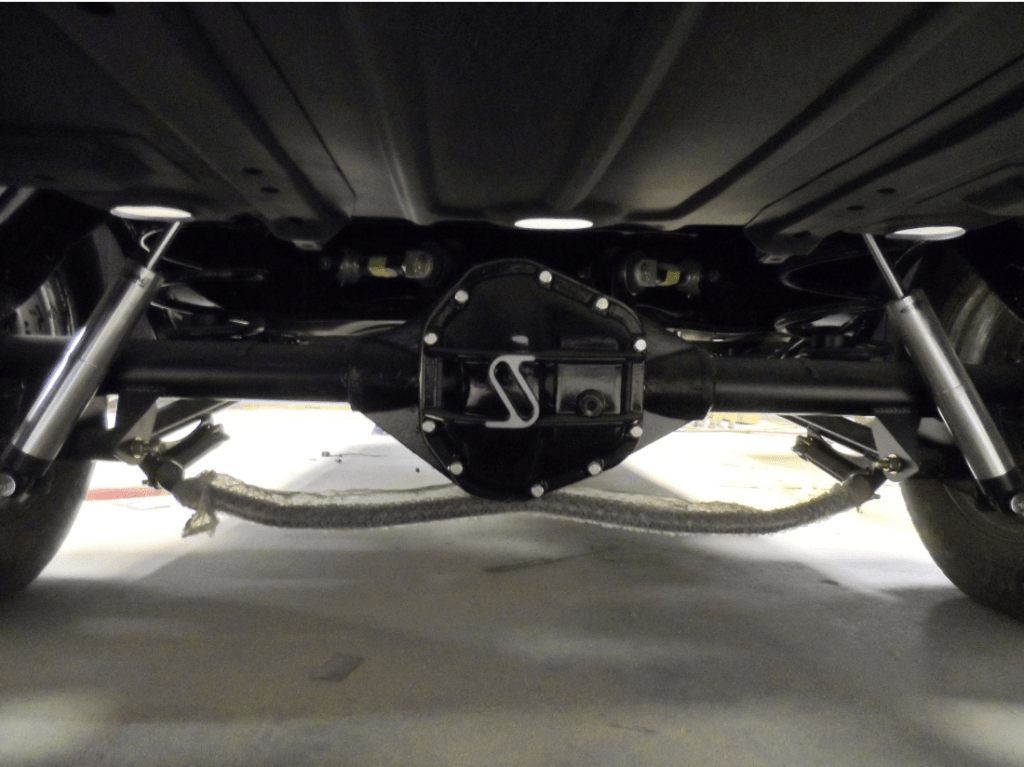
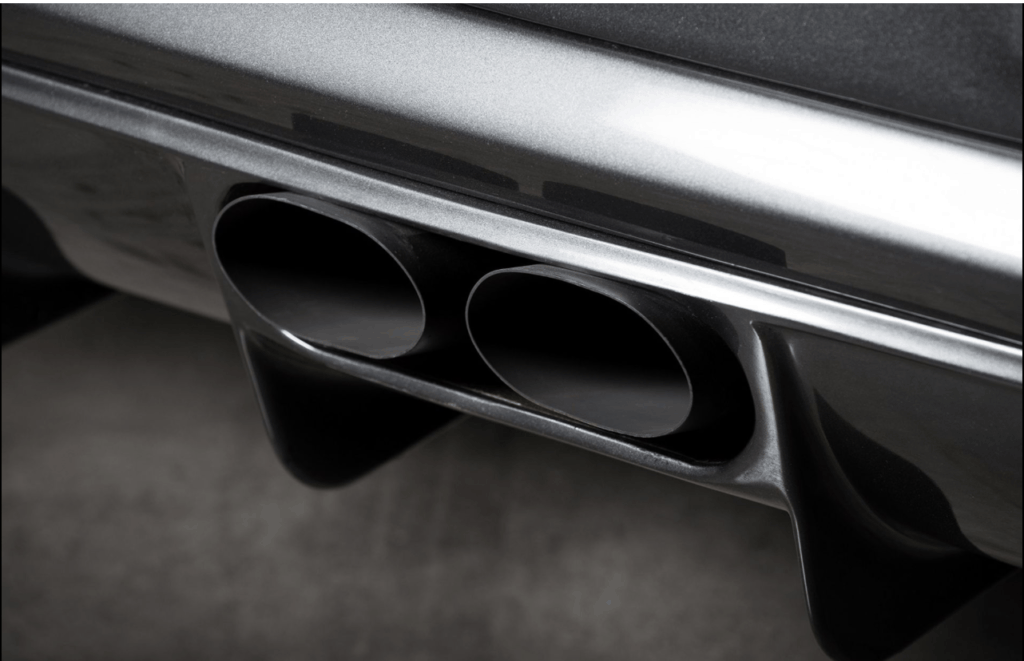
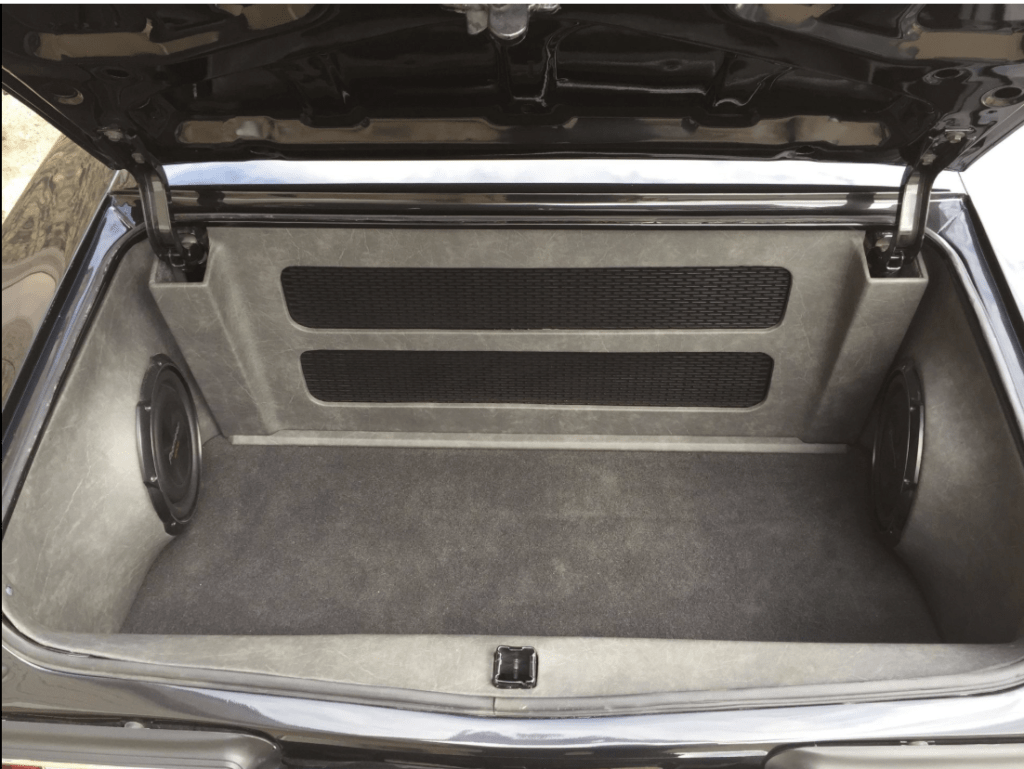
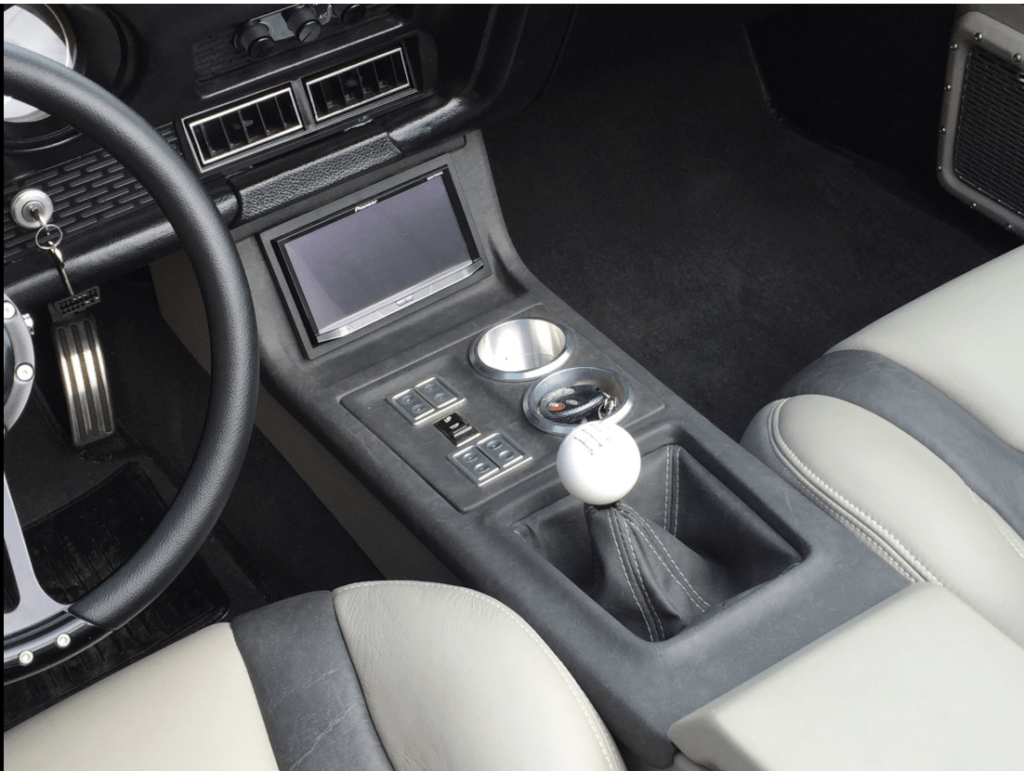
I Land Solidly On Restomod
Generally speaking, in almost every case, I land solidly on the restomod side of the restore or restomod a classic car debate, and here are my top ten reasons why:
- I prefer to have a daily driver, not a trailer or garage queen.
- Improved safety means better peace of mind while driving. Brakes are arguably the single most important part of a car and the technology has changed quite favorably in the last 40+ years.
- Performance enhancements mean it’s more fun to drive. An engine swap, out with the old and in with the new, is cost-effective and exhilarating.
- Increased comfort allows me to travel greater distances as newer suspensions easily surpass outdated technology.
- Using a modern engine will greatly improve reliability. In addition, replacement parts and general maintenance will be easier to find and less costly.
- Finding original OEM parts is extremely difficult and only getting worse with the numbers matching hobbyists. Purchasing modern aftermarket parts helps to avoid this issue.
- Air conditioning is necessary for the muggy Midwest when temperatures can get over 90 degrees and humidity hovers around 100%.
- Modern sound-deadening materials wonderfully allow for a more quiet ride which is important when conversing with people riding in the car or having a cellular phone conversation.
- Technology enhancements like auto navigation, hands-free cellular phone/blue tooth integration, remote start, a rearview camera, and a modern sound system are commonplace in anything else I drive so it’s natural to want it in my most cherished automobile.
- Restomods are a good investment now and in the future. The value of a restomod is less than that of numbers matching cars. And to a certain extent, I think that’s true still to this day. However, that is changing as a new generation of car buyers enters the market.
A Changing Market?
Millennials and their parents weren’t raised on classic cars. Which reduces their historical value. Barrett Jackson is the world’s largest auctioneer of classic vehicles. They report internal sales and market data over the last decade, among the trends they identified was the growing demands for professionally built restomods, as well as an increasing number of Gen X and millennial buyers coming into the hobby.
A recent interview, “How millennials are changing the classic car market” on Catawiki, gives an interesting take on the future value of restored and modified classic cars, commonly referred to as restomods. While there was a lot of information to take in some key takeaways are as follows:
- Fewer people can relate to cars that are 40+ years old.
- Transportation is going through major changes with autonomous driving perhaps being the biggest.
- Predictions indicate classic cars will move to electric engines to allow for a safer environment
- There is some debate/discussion about the future as some wonder will people even be driving in 25-50 years.
What Does All This Mean?
I’m not sure. Perhaps, numbers matching or restored cars have a much shorter life expectancy as we look toward the future. The future life expectancy of numbers-matching or restored cars is shorter. Changing regulations may make restored cars illegal to drive. Restomods have adopted and transformed so they meet the most stringent future regulations. So, short of fully autonomous vehicles taking over, I think a restomod is the perfect choice for my existing vehicle and perhaps even the right choice going forward.
The best part about owning a classic car is that the owner can make whatever decision is best. There clearly is no right or wrong answer and there are a plethora of opinions and comments all over the internet, in magazines, and in car shows. The neat thing is you don’t have to pick a side, after all, just do what you want with your vehicle and enjoy what others have done with theirs.
Related Questions:
First, we assume the classic car has a quality restoration and so the only variables left to determine worth are how rare the car is and how many and what type of modifications have been. Without taking rarity into account, the amount a restomod is worth varies but is generally between $50,000 -$75,000 for an entry-level restomod, $150,000-$200,000 for a mid-grade restomod, while a completely custom restomod can be worth over $500,000.
Rarity is another factor used to determine worth. Simply put, there are so many variables to subjectively give the “worth” of a rare restomod, let alone one with any level of professional modification/customization. However, it’s more than safe to say the worth of a professionally built restomod easily soars well over $1,000,0000.
First, we assume the classic car is in very poor condition and the following areas will be completely restored and modernized: interior, exterior, suspension, brakes, engine, fuel system, electrical, and exhaust system. The cost to build a restomod varies but is generally between $90,000-140,000.
Pro touring refers to a kind of classic muscle car that has been fundamentally enhanced to either meet –– or quite often surpass –– the performance standards of a modern performance vehicle.
Not necessarily, but if you buy a car without a title, someone who possesses the title can claim ownership even though you’ve paid for the vehicle. In order to register the car in your state, you’ll need the title to prove that you are the legal owner of the car.
A restomod is a classic car that has been restored and modified. Not surprisingly, the term restomod raises plenty of questions and opinions about classic cars, restorations, and modifications. In a nutshell, a restomod is a combination of the words “restored” and “modified” and is a seamless combination of both the old and new.
The term numbers matching describes cars with original major components that match one another. Manufacturers began stamping and casting identifying numbers on cars in the mid-1950s to provide an accurate description of the vehicle.
A fully restored restomod is worth well over $100,000 to start and prices can soar over $500,000. Keep in mind, a true restomod has been restored to a like-new condition (“resto”) and modernized (“mod”). As a result, workmanship, budget, and personal taste will uniquely value a vehicle.
Numbers matching is important to the value, collectability, and rarity of the vehicle. Just like in the art world, an original Picasso is worth something, so the more original a car the more it may be worth. That said, numbers matching is also important to a buyer that wants to purchase a car and then perform a full restoration on it. The more original the car the less costly and timely it will be to do the restoration.
